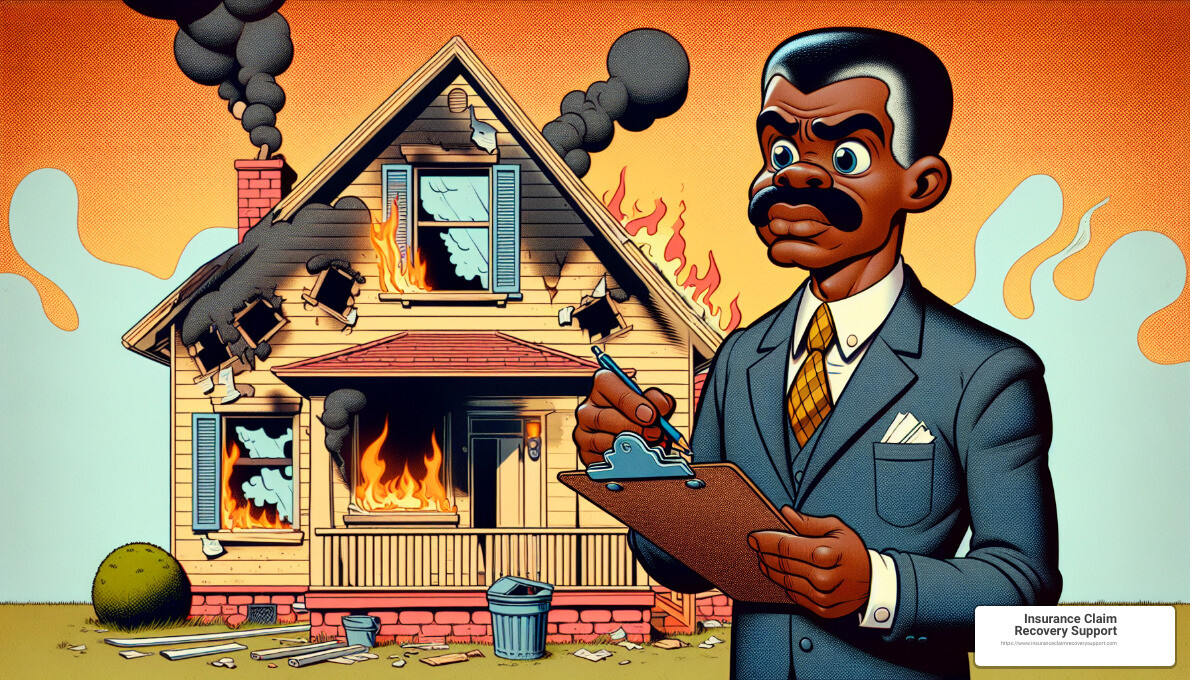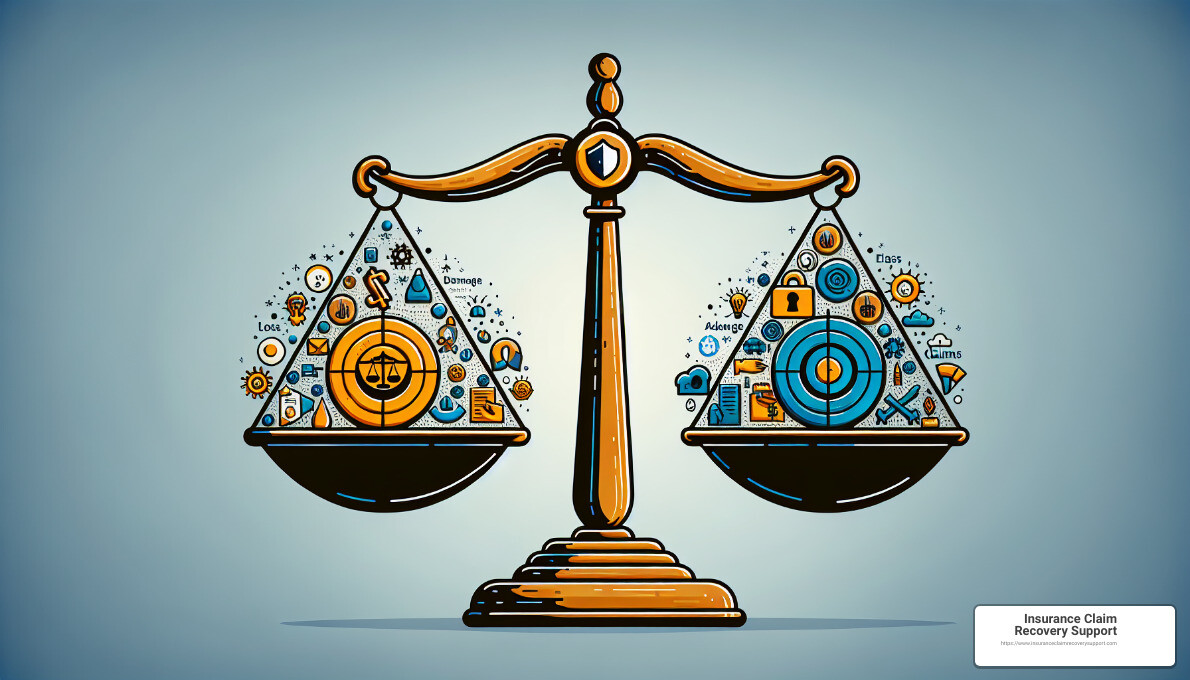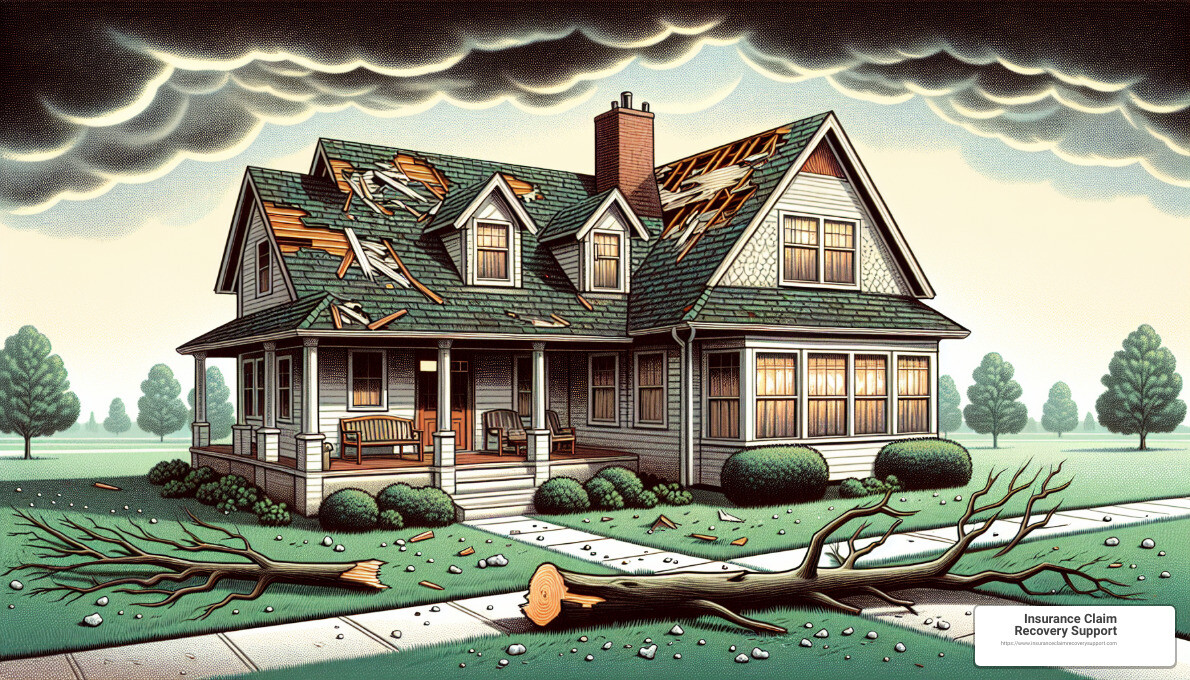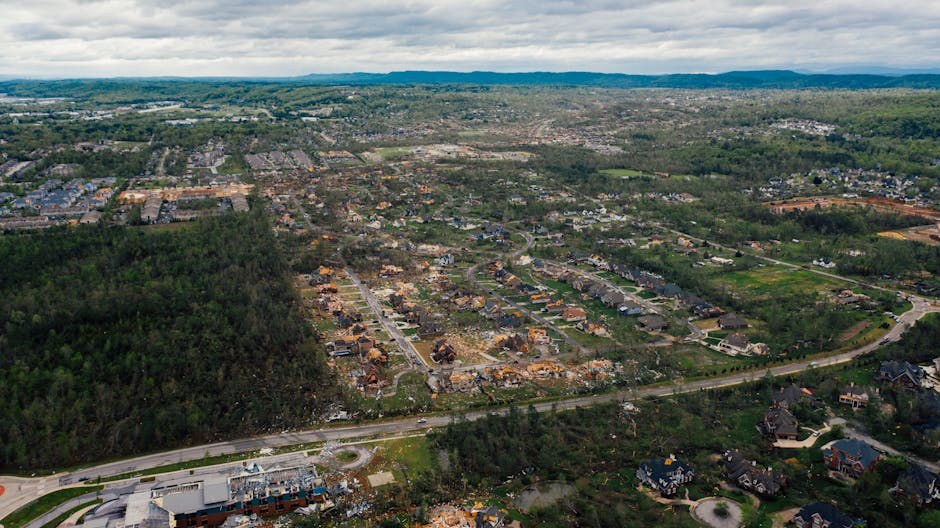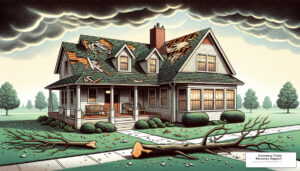Field Adjusting: A critical component in the insurance claim process, especially when property damage has occurred. It’s the job of a field adjuster to investigate, assess, and help settle claims, making sure policyholders receive the fair compensation they deserve. If you’ve experienced damage to your property and are navigating the complexities of filing an insurance claim, understanding the role of a field adjuster is your first step.
Field adjusters are the boots on the ground in the insurance world. They visit the damaged property, gather facts, and evaluate the situation — all to ensure that your claim is handled swiftly and accurately. Whether your property has suffered from fire, hail, or any other disaster, field adjusters play a pivotal role in assessing the damage and moving your claim toward a resolution.
But navigating the insurance claim process can be daunting, especially when you’re dealing with the stress of property damage. That’s where Insurance Claim Recovery Support steps in, offering you an advocate in this complex process. We’re here to ensure you’re fully informed and supported, every step of the way.
Quick Snapshot of Field Adjusting:
– Investigating: Conducting thorough on-site inspections.
– Evaluating: Assessing the extent of property damage.
– Settling: Negotiating claims to ensure fair compensation.
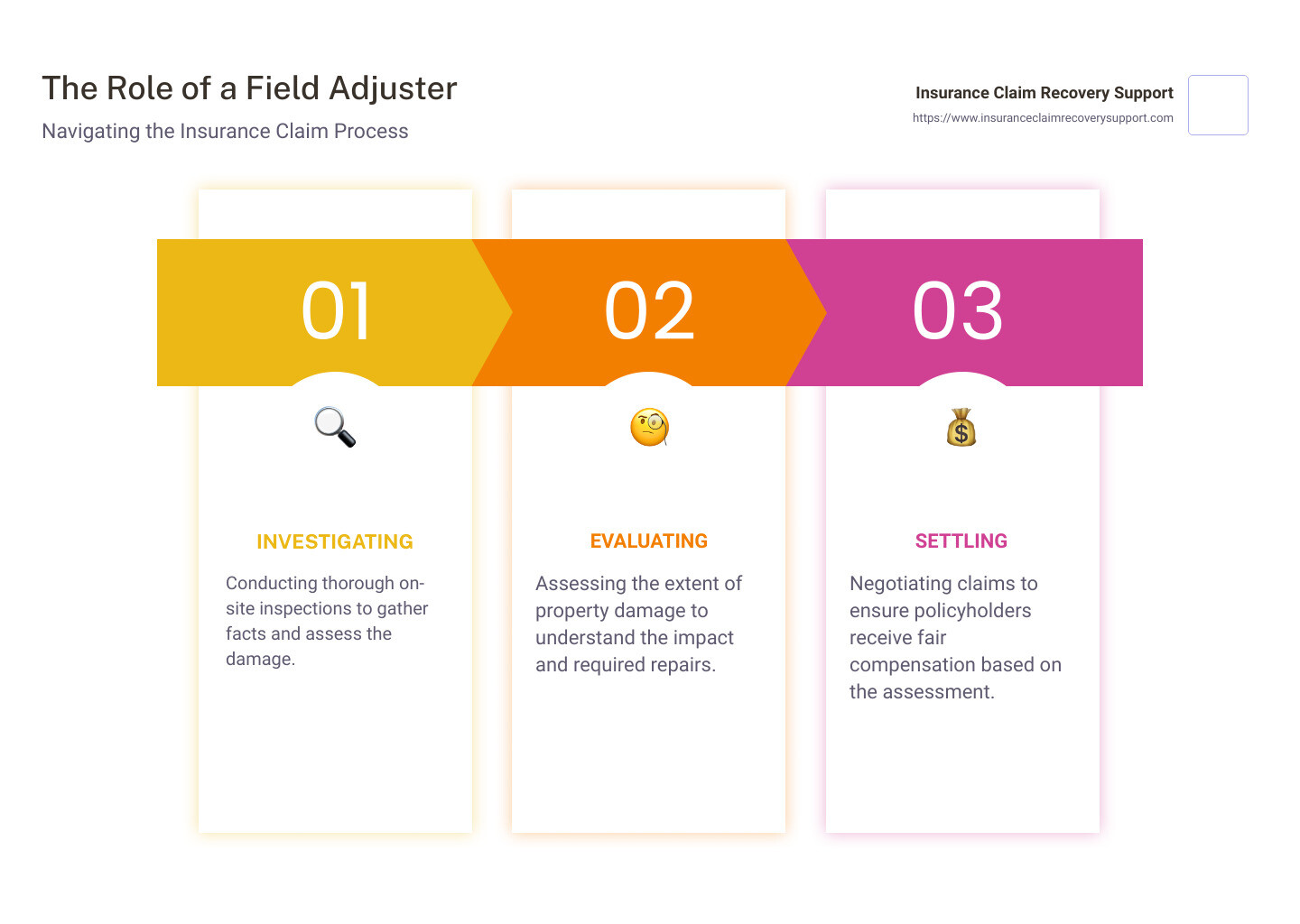
As we delve deeper into field adjusting, we’ll explore everything from the day-to-day responsibilities of a field adjuster to the skills and technology that drive their work. Our goal? To demystify this essential role and give you the clarity and confidence you need to navigate your insurance claim.
What is Field Adjusting?
When disaster strikes or when an unexpected event damages your property, the journey to recovery often begins with an insurance claim. This is where the role of a field adjuster becomes crucial. But what exactly is field adjusting, and how does it fit into the larger picture of insurance claims and compensation?
Insurance Company & Claimant: The Core Players
At its heart, field adjusting is a service that revolves around two key players: the insurance company and the claimant (that’s you, the policyholder). The insurance company promises to compensate you for certain losses in exchange for your premium payments. When you file a claim for damages, the insurance company sends a field adjuster to verify the claim and assess the damage.
Compensation: The End Goal
The ultimate goal of field adjusting is to establish the amount of compensation that the insurance company should pay to the claimant. This involves evaluating the extent of the damage and determining how it aligns with the coverage provided by the insurance policy.
Travel: A Necessary Element
Field adjusters are often on the move. Their job requires them to travel to the site of the claim, whether it’s a home, business, or vehicle. This mobility allows them to get a look at the damage, which is essential for making accurate assessments.
Onsite Assessment: The Heart of Field Adjusting
The onsite assessment is where the field adjuster’s expertise really comes into play. During their visit, field adjusters conduct a thorough investigation of the damage. They take photographs, interview witnesses, and gather any other evidence that can help them understand what happened. This might involve climbing onto roofs, inspecting damaged vehicles, or evaluating water damage in a basement.
Field adjusters use tools like the Xactimate estimating software to create detailed estimates of the repair costs. These estimates are based on the field adjuster’s observations and the information gathered during the onsite assessment.
The Bridge Between Recovery and Resolution
Field adjusting serves as a bridge between the initial shock of property damage and the resolution offered by insurance compensation. Field adjusters play a critical role in this process, as their assessments are often the basis for the insurance company’s decision on how much to pay out on a claim.
Their work requires a blend of technical knowledge, from understanding construction and property damage to mastering estimating software, and soft skills like communication and empathy. After all, they’re often interacting with individuals who are going through a stressful time.
To sum up, field adjusting is a dynamic and essential component of the insurance industry. It involves a mix of travel, onsite assessment, and detailed analysis to determine compensation for insurance claims. Field adjusters are the critical link that helps ensure claimants receive the fair and just compensation they’re entitled to under their insurance policies.
As we continue our journey into insurance claims, we’ll explore the differences between field adjusters and desk adjusters, and why the role of a field adjuster is often pivotal in the claim lifecycle.
Field Adjuster vs. Desk Adjuster
When it comes to handling insurance claims, two key roles emerge: the field adjuster and the desk adjuster. Both play vital parts in the insurance claim process, but their roles, responsibilities, and work environments differ significantly.
Onsite Review
A field adjuster is the insurance industry’s boots on the ground. They travel to the site of a claim to conduct a physical inspection of the damage. This could mean assessing a home ravaged by fire, a car crumpled in an accident, or a business battered by a storm. The field adjuster’s role is to see, firsthand, the extent of the damage and gather evidence necessary for the claim.
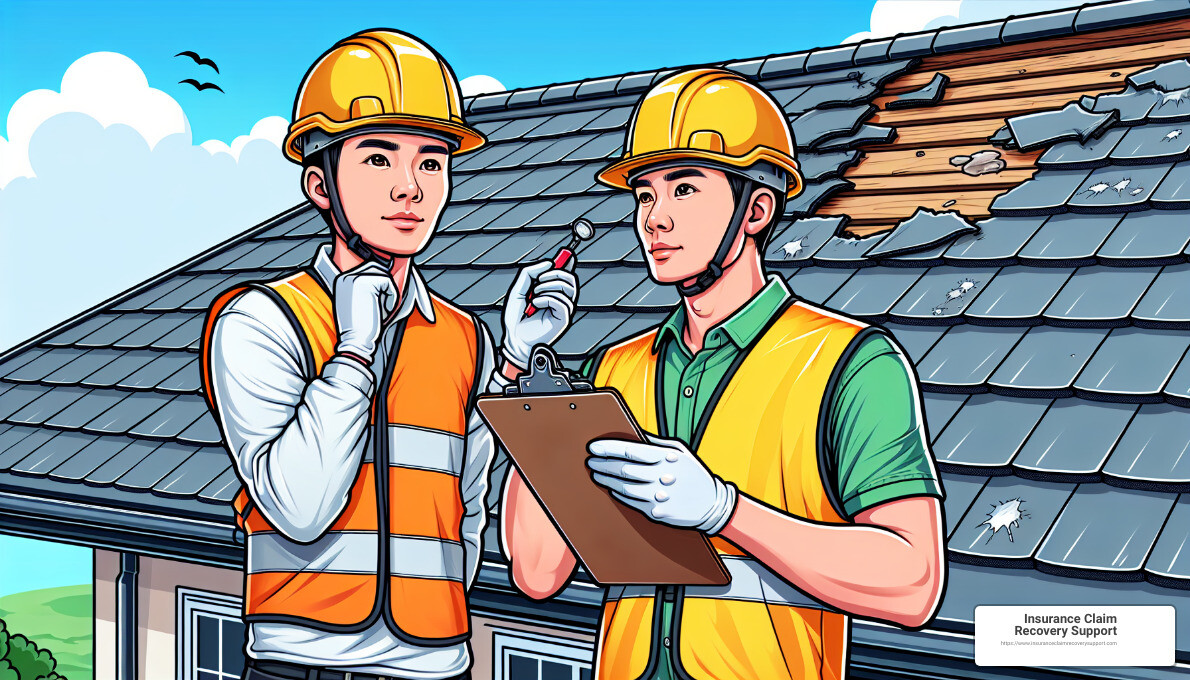
Desk adjusters, on the other hand, typically work from an office or home desk. They handle the claim after the field adjuster has submitted their report, managing paperwork, processing claims, and acting as a liaison between the insurance company and the policyholder. Desk adjusters often handle the administrative side of the claim, relying on the detailed information provided by field adjusters.
Claim Lifecycle
The lifecycle of a claim involves several stages, from notification to resolution. Field adjusters are crucial in the early stages, where accurate damage assessment sets the tone for the entire claim process. Their findings help determine whether a claim is valid, the extent of coverage, and the amount of compensation.
Desk adjusters take over in the subsequent stages, using the field adjuster’s reports to process the claim, communicate with the claimant, and work towards a resolution. They ensure that the claim moves smoothly towards settlement, keeping both the claimant and the insurance company informed along the way.
Resolution
Resolution of a claim is the ultimate goal, and both field and desk adjusters play essential roles in reaching this point. Field adjusters, with their detailed reports and observations, provide the foundation upon which a fair settlement can be built. Desk adjusters, through meticulous processing and negotiation, bring the claim to a close, ensuring that all parties are satisfied with the outcome.
Physical Presence
The most notable difference between field and desk adjusters is the requirement of physical presence. Field adjusters must be willing and able to travel, sometimes to remote locations, and often in challenging conditions. Their job is hands-on, requiring them to navigate through damaged properties, take photographs, and document evidence.
Desk adjusters, while not physically present at the claim site, must navigate through the complexities of the claim process, ensuring that all paperwork is in order, regulations are followed, and the claimant is kept in the loop.
Strategic Planning
Both roles require strategic planning, albeit in different contexts. Field adjusters must plan their site visits efficiently, especially when dealing with multiple claims in widespread locations. This involves logistics, time management, and sometimes, crisis management.
Desk adjusters need to strategically manage their caseload, ensuring that each claim is processed in a timely and efficient manner. They must prioritize tasks, communicate effectively with all stakeholders, and resolve any issues that may arise during the claim process.
In conclusion, while field and desk adjusters have distinct roles in the insurance claim process, they are both integral to ensuring that claimants receive the fair and just compensation they’re entitled to. Their collaboration and combined efforts are what drive the claim towards a fair resolution, making the insurance claim process as smooth and efficient as possible for the policyholder.
As we delve deeper into the intricacies of field adjusting, we’ll explore the skills and requirements needed to excel in this challenging yet rewarding career path.
A Day in the Life of a Field Adjuster
Imagine waking up knowing that your day will directly impact someone’s life, helping them recover from unexpected events. This is what it’s like to be a field adjuster. Let’s walk through their day, focusing on key aspects like investigation, property damage estimates, negotiation, litigation, settlements, efficiency, and policyholder communication.
Investigation
The day starts with a cup of coffee and a list of claims to investigate. Each claim represents a policyholder waiting for help. The field adjuster heads out, equipped with tools and technology, ready to assess damages firsthand. They visit damaged properties, take photos, and gather evidence. It’s detective work, but for insurance.
Property Damage Estimates
After the investigation, the field adjuster uses specialized software, like Xactimate, to create detailed estimates of the property damage. This requires a keen eye and knowledge of construction and repair costs. They document everything meticulously, knowing accuracy is key to a fair settlement.
Negotiation
Negotiation is a significant part of the day. The field adjuster discusses the damage estimates with the policyholder, explaining the coverage and how the settlement was determined. It’s a delicate balance between empathy and firmness, aiming to reach an agreement that satisfies all parties.
Litigation
Sometimes, disagreements escalate, leading to litigation. In these cases, the field adjuster works closely with legal teams, providing evidence and reports to support the insurance company’s position. It’s challenging but an essential part of ensuring fairness in the claims process.
Settlements
The most rewarding part of the day is when settlements are agreed upon. The field adjuster finalizes the paperwork and informs the policyholder of the outcome. It’s about more than numbers; it’s helping people move forward after setbacks.
Efficiency
Throughout the day, efficiency is crucial. Field adjusters manage multiple claims, prioritize tasks, and ensure no detail is overlooked. Time management skills are vital, as is the ability to work independently and make quick, informed decisions.
Policyholder Communication
Effective communication is the thread that ties the day together. Field adjusters keep policyholders informed, answer their questions, and provide updates on the claim process. Building a rapport and trust is crucial, making a challenging time a bit easier for those affected.
Transitioning to the Next Section
Field adjusting is not just a job; it’s a commitment to helping others through tough times. The skills and requirements for this role are diverse, ranging from technical knowledge to empathy and communication skills. We’ll delve into what it takes to become a successful field adjuster, exploring the necessary certifications, experience, and personal attributes.
This glimpse into the day-to-day life of a field adjuster highlights the complexities and rewards of the profession. It’s a career that demands much but gives back in satisfaction and impact.
Skills and Requirements for Field Adjusters
Becoming a field adjuster is not just about showing up at a damaged property with a clipboard in hand. It requires a blend of technical skills, certifications, and personal attributes that ensure the job is done accurately and safely. Let’s break down what you need to excel in field adjusting.
Safety Certifications:
Safety comes first. Field adjusters often find themselves in environments that have been compromised by damage. This is why safety certifications are crucial. Knowledge of rope & harness techniques and ladder safety ensures that field adjusters can navigate damaged properties without risking their own safety or that of others.
Rope & Harness and Ladder Safety:
These aren’t just buzzwords; they’re essential tools of the trade. Whether it’s inspecting a roof for storm damage or assessing fire damage in a multi-story building, being adept with a rope & harness and understanding the nuances of ladder safety can make all the difference.
Construction Experience:
A solid background in construction or a related field is invaluable. Understanding how buildings are put together helps field adjusters accurately assess damage and estimate repair costs. It’s the difference between making an educated assessment and a guess.
Accuracy:
This is where the rubber meets the road. Field adjusters must be precise in their assessments. Every detail counts, from documenting damage to estimating repair costs. Accuracy not only affects the settlement amount but also impacts the trust and satisfaction of the claimant.
Estimating Software:
Pen and paper won’t cut it. Proficiency in estimating software, particularly Xactimate, is essential. This software allows field adjusters to create detailed and accurate estimates that are the foundation of fair settlements.
Licenses and Certifications:
Depending on the state or country, field adjusters may be required to hold specific licenses or certifications. These not only validate an adjuster’s ability to perform their duties but also ensure they are up-to-date with the latest laws, regulations, and best practices.
Continuing Education:
The field of insurance adjusting is always evolving, with new technologies and methodologies constantly emerging. Ongoing education is not just encouraged; it’s often required. Whether through formal classes, webinars, or industry conferences, continuing education helps field adjusters stay at the forefront of the profession.
In summary, becoming a field adjuster is a commitment to lifelong learning and professional development. It’s a career that requires a mix of technical knowledge, practical skills, and personal dedication. From mastering safety protocols to staying current with the latest estimating software, the journey to becoming a successful field adjuster is both challenging and rewarding. We’ll explore how technology is reshaping the field of field adjusting, making the job more efficient and effective than ever before.
The Role of Technology in Field Adjusting
In the realm of field adjusting, technology has been a game-changer, revolutionizing how field adjusters do their jobs. From drones to digital tools, let’s dive into how these advancements are making a significant impact.
Drones: A Bird’s Eye View
Imagine assessing a damaged roof after a severe storm without ever having to climb a ladder. That’s the power of drones. These flying cameras give field adjusters the ability to capture detailed images and videos of hard-to-reach places. By doing so, they can assess damage safely and more accurately. Drones not only save time but also ensure the adjuster’s safety, especially in hazardous conditions.
Inspection Details: The Digital Edge
Gone are the days of clipboards and endless paperwork. Today, mobile apps and software allow field adjusters to enter inspection details on-the-go. These tools can include features for taking photos, recording voice memos, and even generating preliminary estimates. This means that adjusters can be more thorough and efficient, ensuring that no detail is overlooked.
Emerging Technologies: The Future is Now
As we look to the future, technologies like Virtual Reality (VR) and Augmented Reality (AR) are beginning to find their place in field adjusting. These tools can simulate damage scenarios or overlay repair estimates onto real-world images of damage. This not only helps in providing accurate assessments but also in explaining the extent of damage to policyholders in a way that’s easy to understand.
Adjuster Adaptability: Embracing Change
With all these technological advancements, one thing is clear: adaptability is key. Field adjusters who embrace these new tools can significantly enhance their effectiveness. Whether it’s learning to pilot a drone or mastering a new estimation software, staying ahead of the technological curve is essential in this rapidly evolving field.
In conclusion, technology in field adjusting is not just about keeping up with the latest gadgets. It’s about leveraging these tools to provide better, faster, and safer service to policyholders. As technology continues to evolve, so too will the ways in which field adjusters perform their vital work, making the insurance claim process smoother for everyone involved.
Moving on, while technology brings efficiency and accuracy to field adjusting, it also presents its own set of challenges and rewards. Let’s explore these in the next section.
Challenges and Rewards of Field Adjusting
Field adjusting comes with its unique set of hurdles and perks. Understanding these can help you appreciate the complexity and fulfillment that comes with the job.
Time Management
For field adjusters, every day is a puzzle of appointments, inspections, and paperwork. Chip’s advice rings true here: “only inspect what you can also write up in the same day.” This emphasizes the importance of efficient time management. Balancing on-site assessments with the necessary follow-up reports requires discipline and planning. It’s not just about working hard but working smart.
Travel Opportunities
Travel is a significant part of field adjusting. Adjusters like Clay Bauman are drawn to the role partly because of the chance to see new places. While this sounds exciting, it’s not all about leisure. Traveling often means heading into disaster-stricken areas where resources are scarce. Yet, the opportunity to explore different regions and meet diverse people adds a layer of richness to the job that few other careers can offer.
Catastrophic Storms
Dealing with the aftermath of catastrophic storms is perhaps one of the most challenging aspects of field adjusting. These events test an adjuster’s skills and resilience to the fullest. Working in conditions where communities have lost so much is emotionally taxing. However, the ability to assist in the recovery process, to help policyholders rebuild their lives, brings a deep sense of satisfaction and purpose.
Relationship Building
The role of a field adjuster is not just about assessing damage; it’s about connecting with people during some of the worst times of their lives. Monique Strickland, a flood adjuster, emphasizes being “customer-focused.” Building relationships based on trust and empathy is crucial. This aspect of the job can be incredibly rewarding as you guide policyholders through the complex claims process, providing clarity and support.
Customer Focus
At the heart of field adjusting is a commitment to the policyholder. Patience and a genuine desire to help are key. Whether it’s explaining the details of a claim, negotiating settlements, or simply listening to a policyholder’s concerns, putting the customer first is what drives success in this field. It’s about being an advocate for those affected by disaster, striving to ensure they receive the compensation they deserve.
Community Restoration
Field adjusters play a pivotal role in restoring communities. The work involves not just individual claims but helping entire neighborhoods recover. The satisfaction of seeing a community gradually rebuild and regain its spirit is unmatched. It’s a tangible outcome of the hard work and dedication that adjusters put into their jobs every day.
In conclusion, field adjusting is a career path filled with challenges but also brimming with opportunities for personal and professional growth. It’s about managing your time effectively, embracing the chance to travel, navigating the aftermath of catastrophic events, building meaningful relationships, focusing on customer needs, and contributing to community restoration. For those willing to face these challenges head-on, the rewards are profound and fulfilling.
Moving forward, we’ll delve into how Insurance Claim Recovery Support champions the cause of policyholders, ensuring they secure the maximum settlement possible, especially in the wake of Texas fire and storm damage.
Conclusion
At Insurance Claim Recovery Support, our mission is clear: advocate for policyholders to ensure they receive the maximum settlement possible. We understand the complexities of the insurance claim process, especially in the aftermath of devastating events like Texas fire and storm damage. Our team of dedicated professionals is here to guide you through every step, making what can often be a daunting journey, a smoother and more manageable one.
Why Choose Us?
-
Expertise in Texas Fire and Storm Damage: Our deep understanding of the unique challenges posed by Texas’s climate and geography positions us to provide unparalleled support to property owners affected by fire and storm damage.
-
Advocating for Policyholders: We stand firmly on the side of the policyholder. Our goal is to ensure that you are not just another number to your insurance company but that your claim is given the attention and settlement it rightfully deserves.
-
Securing Maximum Settlements: Through meticulous documentation, expert negotiation, and a comprehensive understanding of insurance policies, we strive to secure the maximum settlement for our clients. We believe in fair compensation to help restore and rebuild without undue financial strain.
-
Navigating the Insurance Claim Process: The insurance claim process can be intricate and overwhelming. From filing your claim to negotiating settlements, we’re with you at every turn, providing clarity and support. Our expertise simplifies the process, making it less stressful for you.
In the wake of a disaster, the road to recovery can seem insurmountable. However, with Insurance Claim Recovery Support by your side, you have a partner who is committed to your cause. We believe in building relationships, not just settling claims. Our focus on customer service, combined with our technical expertise, makes us a leading advocate for policyholders across Texas and beyond.
Whether you’re dealing with the aftermath of a storm or the ravages of a fire, you don’t have to navigate this journey alone. Our team is ready to stand with you, championing your cause and working tirelessly to ensure that you receive the compensation you deserve.
For more information on how we can assist you with your insurance claim, visit our Insurance Claim Recovery Support service page. Let us be your guide and advocate in securing the settlement you need to move forward.

